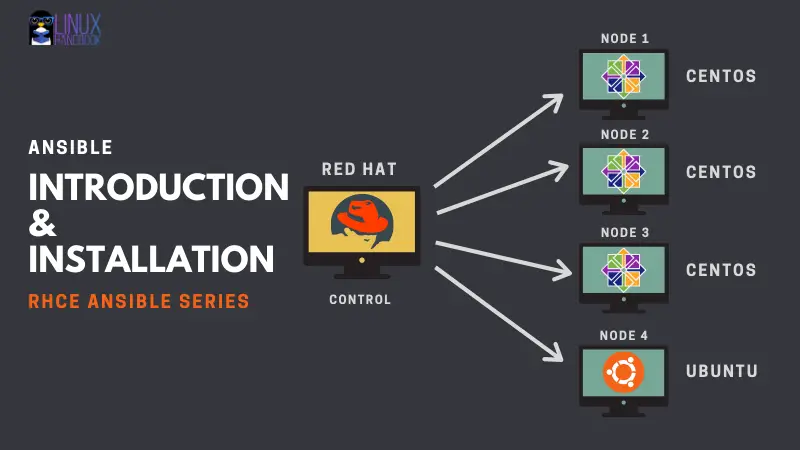Chapter #1: Say Hello to Ansible
In the first chapter of RHCE Ansible EX 294 exam preparation series, learn about installing and setting up Ansible on Red Hat and CentOS.

Updated on Aug 19, 2025